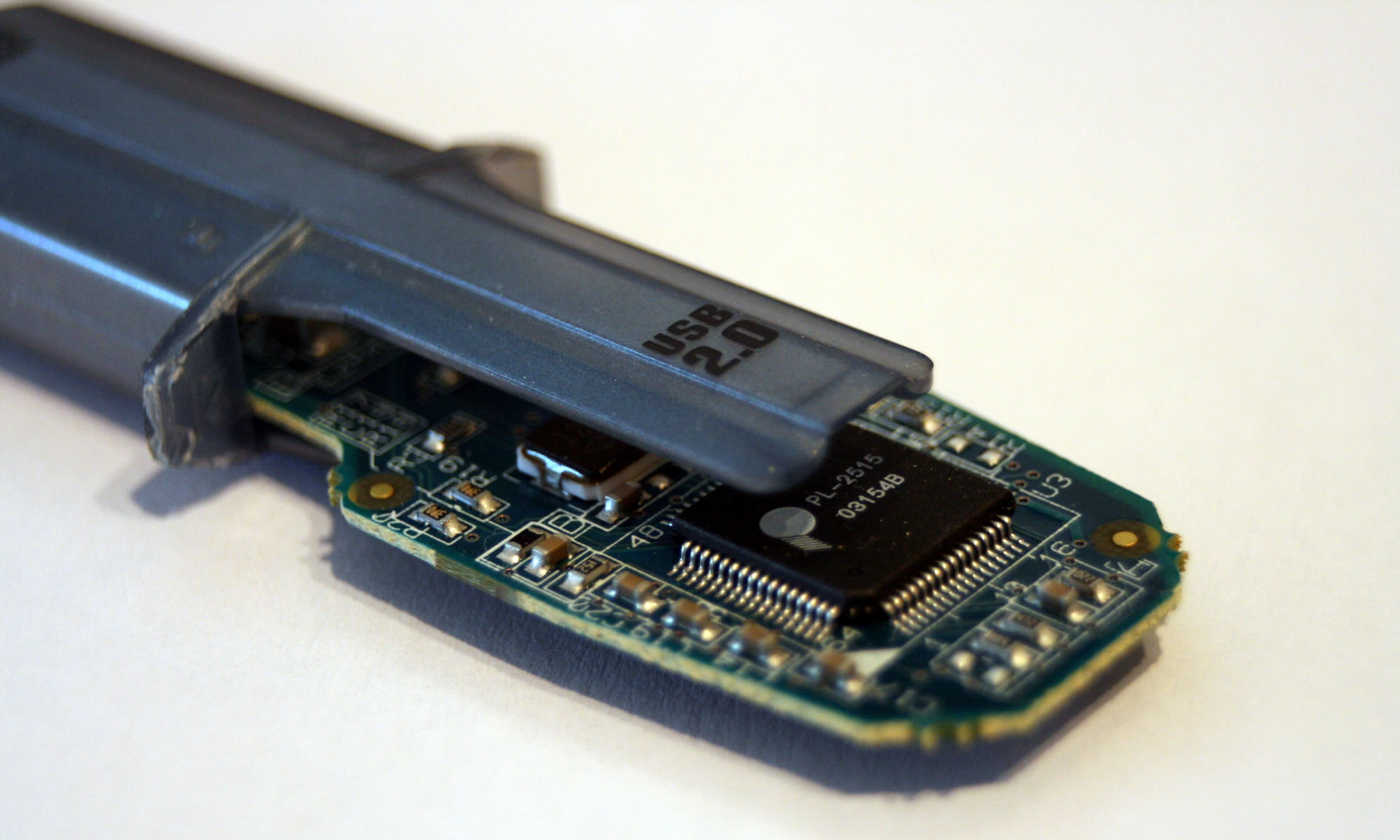Everytime I think about writing about something which is described by others as “dead” I try to avoid it, as I seem to have gained a bit of a reputation in the edtech world as, well as I was once described as the “Grim Reaper of Education” and “it’s not dead until James Clay says it’s dead”. However I did find this article from The Verge about the death of 3D quite interesting and illuminating.
As it happens if you are looking out for a source of tech news, I do like The Verge, as well as a very nice looking site, there are a range of news and reviews, and more than just repeating press releases or what other sites have said. If you like Engadget, you will like this, if you like The Register, probably less so…
If you attended CES in the US in the last few years, you would have been bombarded with 3D images. There has been a huge focus in the cinema in 3D films, the one that most people would remember was Cameron’s Avatar, but Hugo received a fair few positive reviews. The recent released Hobbit is available in 3D and the movie companies have spent a fair bit of time and money retrofitting existing 2D films into 3D, Titanic for example!
for example!
As well as cinematic 3D, there has been a fair few marketing dollars thrown at 3D in the home, 3D HDTVs have been available for a few years now, and aren’t that much more expensive than a 2D TV. You of course need some 3D content, the BBC have experimented with 3D and Sky offer a fair bit in 3D. You could also get 3D Blu Ray discs, but you need a 3D Blu Ray player for those.
The question I would ask you, and remembering that you are reading this blog, so are probably interested in technology, do you have a 3D TV?
Are you planning to buy a 3D TV?
What was the last film you saw in 3D?
Most people I know who are “into” technology and like gadgets generally “may” watch 3D at the cinema, but they don’t have a 3D TV and won’t have a 3D camera either!
I will say that I am slightly biased in that I am not a great fan of 3D, given the choice I will take the 2D option.
3D is not a new thing that has “just arrived” it’s been around for years and every so often comes to the fore. I do remember spending good money and going to see Jaws 3D, which was a disaster of a movie and the 3D added nothing…

Apart from the odd experiment on TV, the next big thing I remember seeing with 3D was Cyberworld at the IMAX in Bristol. You had to wear these huge 3D glasses and the 3D only really worked if you sat in the middle of the IMAX cinema. The 3D was really only a gimmick, the film had no real story or plot. It was very much about showing off the 3D IMAX technology.
In the last few years, we have seen an explosion of 3D in the cinema. Some would say this was an attempt to make cinema, as in the cinematic experience different (well the movie companies would say better) than watching a film on your TV (or a pirated film on your laptop). However now with 3D on your TV, I can’t see this now as an unique feature that makes the cinema different to the home cinema experience. You can watch 3D at the cinema and now you can watch 3D at home.
I should say that I really like going to the cinema, and the cinematic experience is in many ways so much better and superior than watching the same film on a TV, even a big HD TV. So similarly I do understand that the 3D experience in the cinema is different to the 3D experience at home. I also can’t see the point of retrofitting 3D to films shot in 2D, this is in my opinion just a gimmick.

I have seen a few 3D films in the cinema, I saw Toy Story 3 and Tintin
and Tintin , though if it had been my choice I would have chosen the 2D versions. I did initially think it was very clever, but within ten minutes or so I wasn’t noticing the 3D and was just enjoying the film. When there was a 3D “moment” I found it more annoying than wow!
, though if it had been my choice I would have chosen the 2D versions. I did initially think it was very clever, but within ten minutes or so I wasn’t noticing the 3D and was just enjoying the film. When there was a 3D “moment” I found it more annoying than wow!

So if 3D is defunct, can’t bring myself to say dead, what is the next big thing in video? Well according to the pundits who attended CES it is 4K or ultra HD as some marketing people are calling it.
As you are aware 1080p HD is four times the quality of standard definition television, 4K is around four times the quality of 1080p HD. Some say it’s like looking out of a window.
So do you prefer 3D films over 2D? Or are you looking forward to 4K? Or are you saying I prefer the radio!



 In theory what you do (in the UK) is sign up to Flixster and then you can redeem your Ultraviolet code and watch or download your movie.
In theory what you do (in the UK) is sign up to Flixster and then you can redeem your Ultraviolet code and watch or download your movie.









